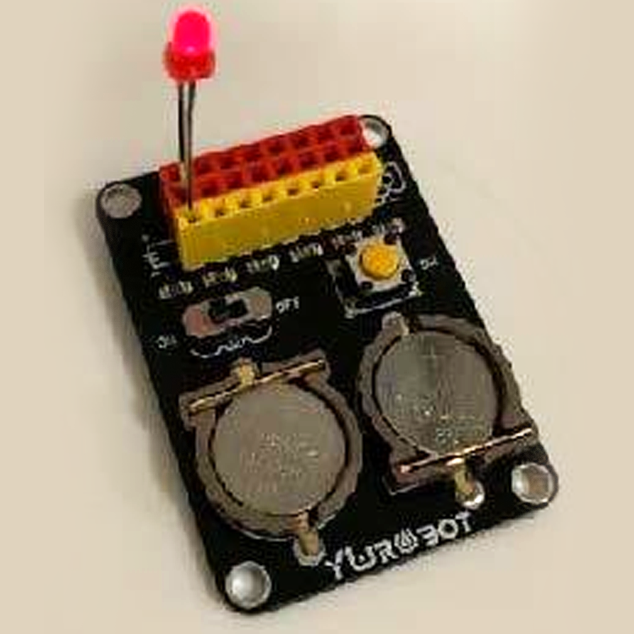Water-Free Degradation of Organophosphates

Chemical warfare agents (CWAs) present a threat to national security at home and abroad. Current methods to neutralize CWAs and organophosphates rely largely upon reactions in water-based conditions. Though broadly effective, water-based degradation techniques will corrode or short electrical circuitry, rendering contaminated mission-critical electronics inoperable. Researchers at Sandia National Laboratories developed the first water-free decontamination strategy for organophosphates using metal organic framework (MOF) materials. This innovation shows promise for the decontamination and preservation of mission-critical and sensitive electronics exposed to CWAs. It may have additional uses for the degradation of organophosphorus compounds in other settings, such as agriculture.
This technology features catalytically active MOF materials effective for the solvolysis of organophosphorous compounds. Using a data-driven materials design approach, researchers leveraged Density Functional Theory (DFT) molecular modeling and a suite of materials characterization techniques,including 31P Nuclear Magnetic Resonance (NMR) measurements and high vacuum in situ infrared spectroscopy to characterize and assess the effect of MOF pore size, metals, and ligands on preferential CWA and simulants binding sites in these materials systems. MOF interaction with CWAs was tested on sarin and soman, as well as simulant molecules diethyl chlorophosphate (DECP), dimethyl 4-nitrophenylphosphate (DMNP), and diisopropyl fluorophosphate (DFP). Effective solvolysis of CWA simulants was demonstrated most notably in the application of UiO-66, which resulted in a half-life of 5.1 minutes for CWA simulant DECP. Proof-of-concept was demonstrated with an LED tester board first exposed to MeOH followed by the simulant DECP. After solvent extraction, the device presented no residue and maintained functionality.
- Water-free method to deactivate CWAs and organophosphorous compounds
- Preserves functionality of mission-critical and sensitive electronics
- Enhances safety
- Reduces cost
- Aerospace
- Agriculture
- Communications / Electronics
- Defense / Military
- Public Safety
- Sensors
14495.1
Published10/9/2019
Last Updated10/9/2019